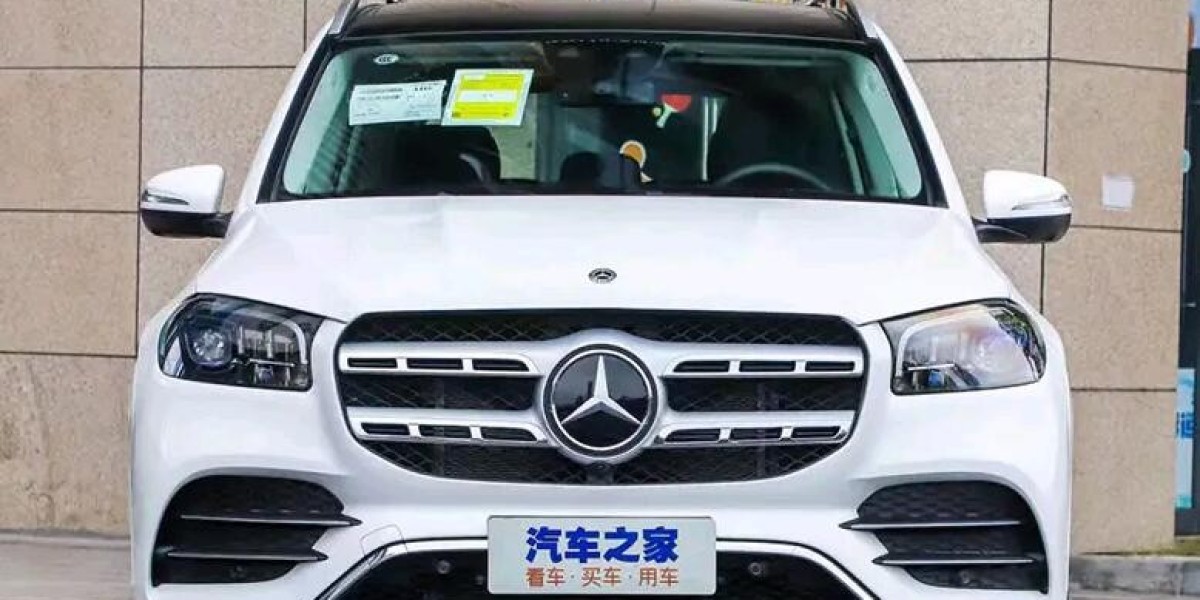Bumper molding for cars is an important component that contributes to both the appearance and functionality of a vehicle. It serves multiple purposes, from enhancing the overall design of the car to providing protection against everyday wear and tear. Understanding the features of bumper molding helps in appreciating its role in automotive design and how it benefits both vehicle owners and manufacturers.
One of the most significant features of bumper molding is its durability. Made from materials like polypropylene, ABS plastic, or rubber, these moldings are designed to withstand impacts, bumps, and scratches. Bumper moldings help absorb minor impacts, protecting the bumper from direct damage. This is especially important in areas like the front or rear bumpers, which are more vulnerable to collisions in parking lots or while reversing.
Bumper moldings are flexible and can be molded to fit the shape and design of any vehicle model. This adaptability ensures that they can seamlessly integrate with the car’s body, regardless of its make or design. The flexibility of materials like rubber and polyurethane also allows for a snug fit, making it easier to install without the need for complicated modifications.
While functionality is key, bumper moldings also play an important role in enhancing the vehicle’s visual appeal. They come in a range of designs, from smooth and sleek to textured finishes, allowing manufacturers and car owners to choose the style that complements the vehicle’s overall look. Customizable options, such as chrome or matte finishes, further enhance the aesthetic value of the car.
In addition to their protective qualities, some bumper moldings are equipped with safety features like reflectors or sensors. These additions improve the vehicle's visibility, especially in low-light conditions, reducing the risk of accidents.








